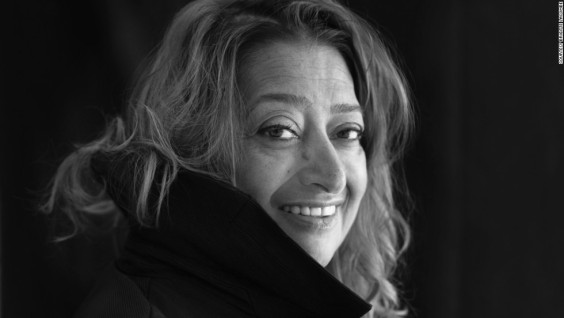
EDITORIAL-Dame Zaha Hadid 1950-2016
As with all of us in the design industry, Dame Zaha Hadid’s sudden death came as a shock to me. Not just shocking to lose one of the great ‘Starchitects’ of our generation, but also the loss of a remarkable woman in the industry whose stubbornness brought her visions to life in a fiercely male dominated industry.
I sometimes didn’t agree with, or necessarily always admire, some of her designs, but nevertheless, I respected them. I met her only once, briefly, and we talked about another female designer whom I admired, Nanna Ditzel. She nodded in agreement and said ‘yes, only women can truly understand curvature’. I told her that growing up, I’d had aspirations to be an architect, but my father had other plans for me. She gave me one of her warm, yet slightly mischievous, smiles and said ‘it’s never too late’, and with that, she was enveloped by a swarm of press and carried off to her next interview. That smile and twinkle in her eye stayed with me for a very long time. As a woman and an architect, she truly was an inspiration.
Gender aside, Hadid broke barriers in the architectural world. Her style was unmistakable, yet there was nothing repetitious about it. From the London Aquatics Centre, to the Sheik Zayed Bridge, to Hong Kong’s Innovation Centre, she pushed boundaries both aesthetically and structurally, and set the bar higher for the industry. Her persistence and determination to succeed as an architect was limitless. Her first work as a fourth-year student design project for a hotel on the Hungerford Bridge over the Thames in 1976 was not realised, and she would submit many more bids for the next 10 years in London, Paris, Berlin, and even Hong Kong before her first project would be built, a modest 3-floor housing development with a wedge-shaped, metal-clad 8-floor tower for the Internationale Bauausstellung in Berlin, together with the Vitra Fire Station in 1985 (completed in 1994). It would be several more years before was awarded another project, but finally in the late 90s, the era of Zaha Hadid had finally come to fruition. She was the first woman and first Muslim to win the prestigious Pritzker Architecture Prize, and in 2015, she became the first woman to win the RIBA Gold Medal.
Recently she had branched out from architecture, creating jewelry for Lebanese jewelers Aziz and Walid Mouzannar and for Danish brand Georg Jensen.
Rest in Peace, Dame Zaha. You were many things to many people, often difficult (so i’ve heard), always uncompromising. You left us too soon, but you left us with a more architecturally interesting world.
Elizaveta Friedman
Editor in Chief
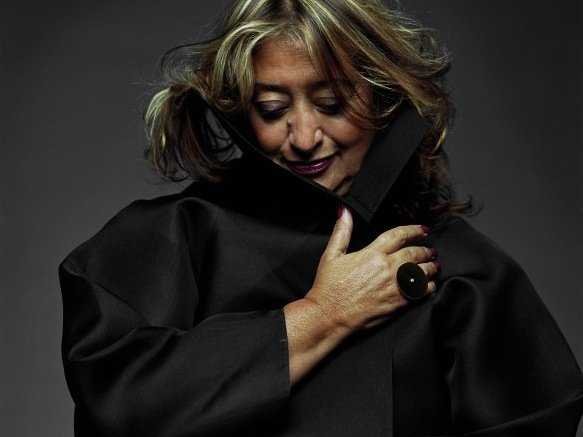
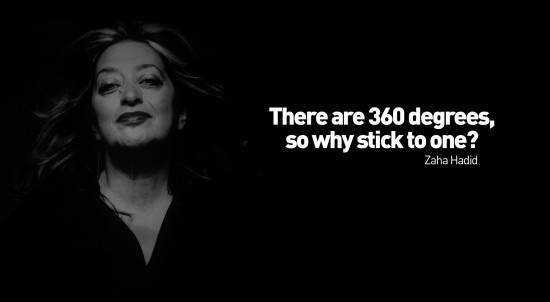
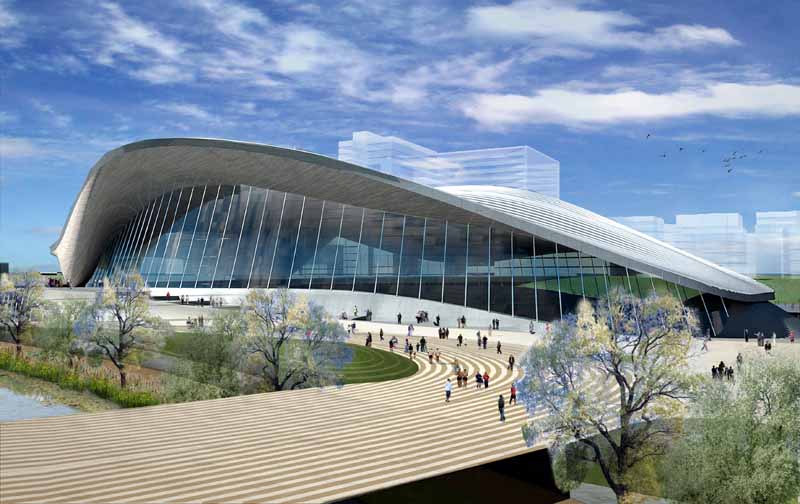

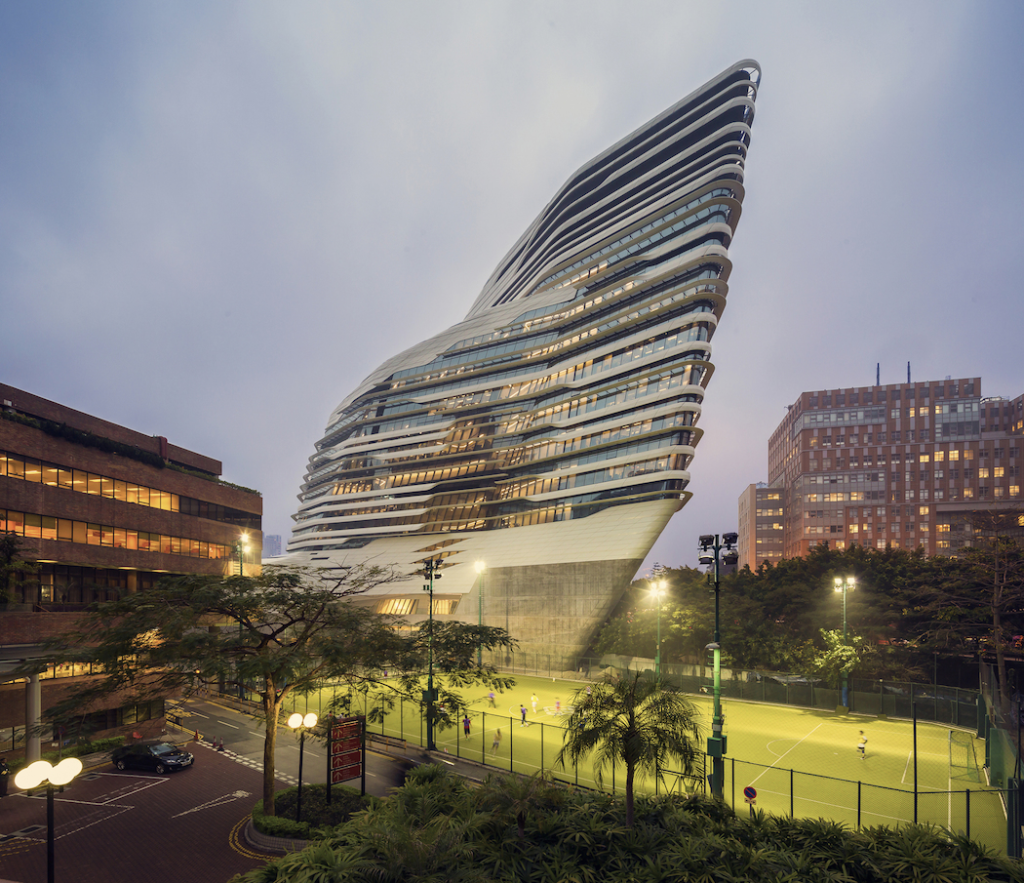
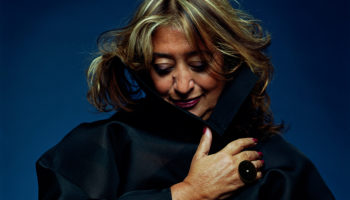
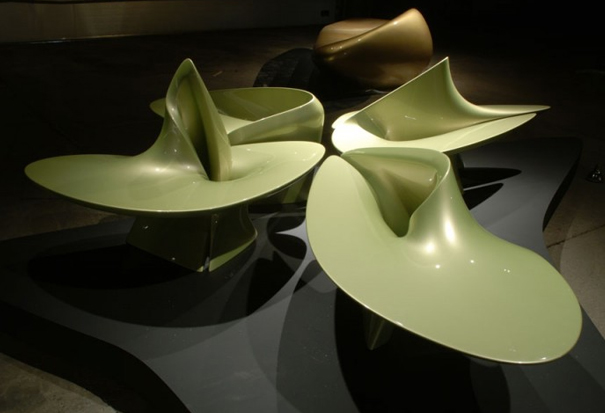
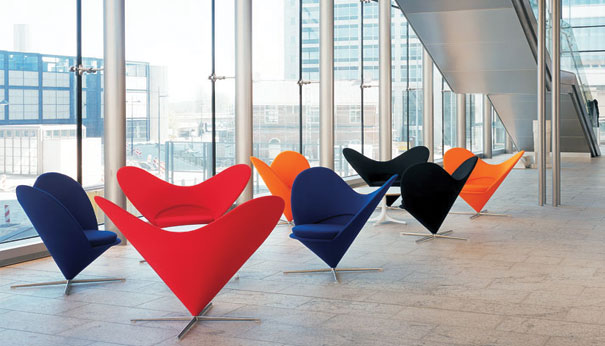

Leave a Reply